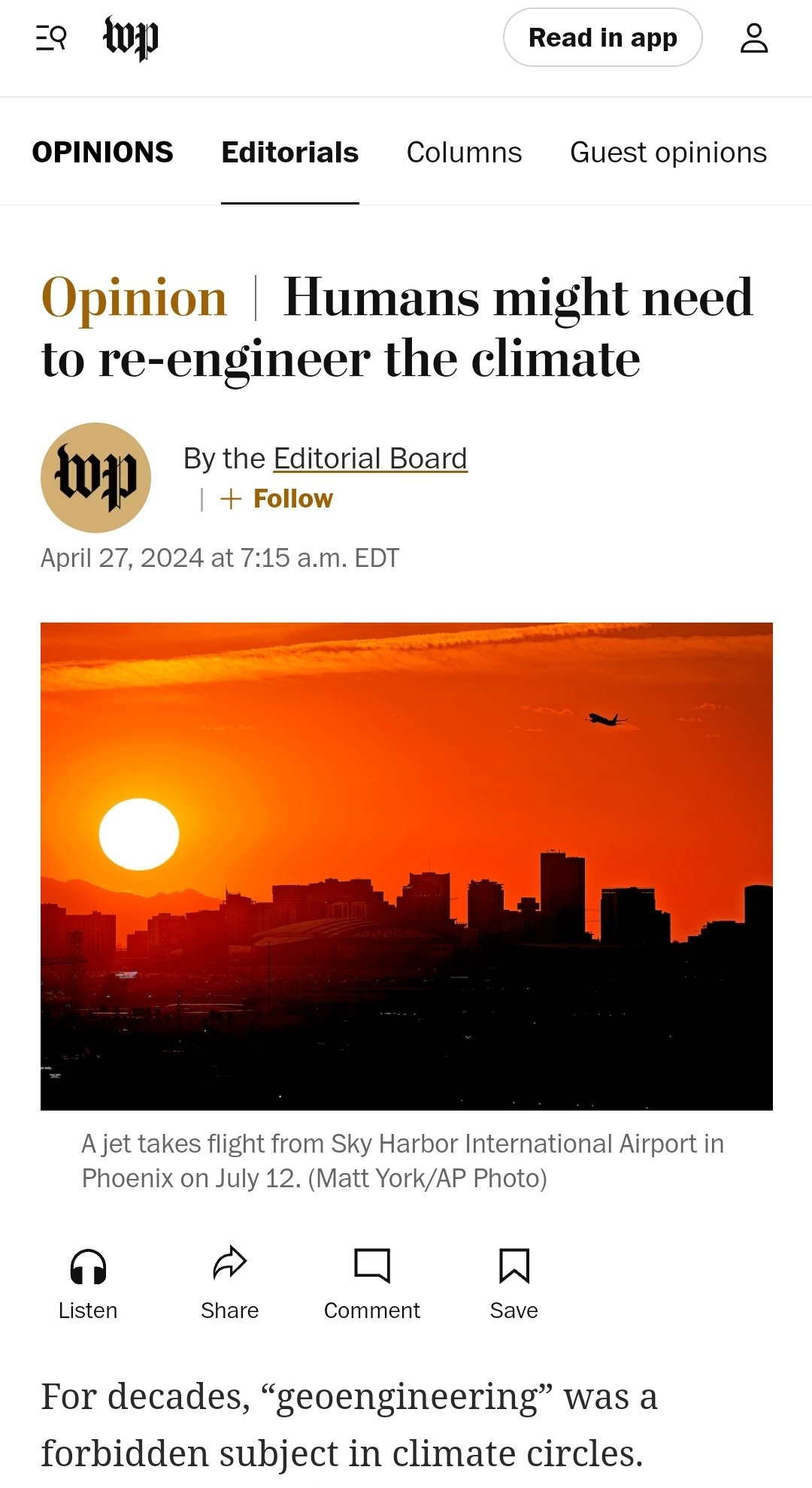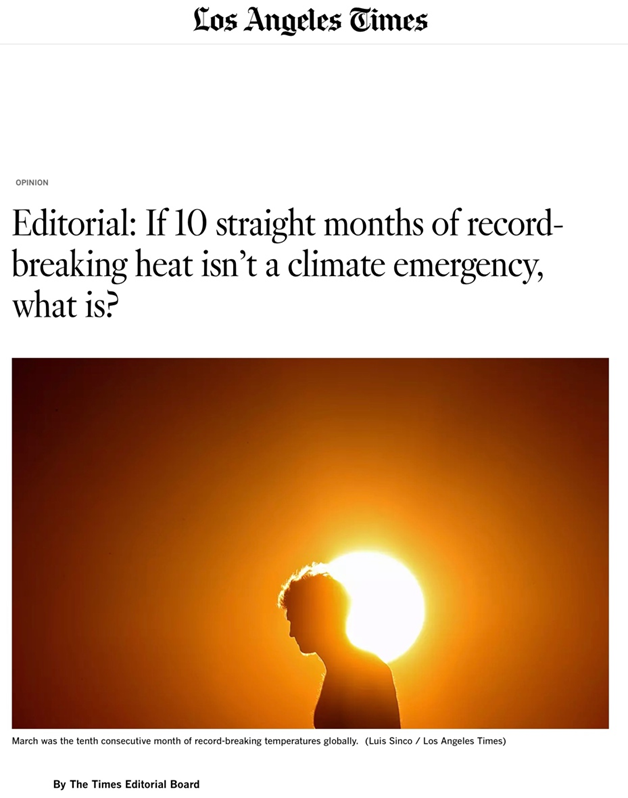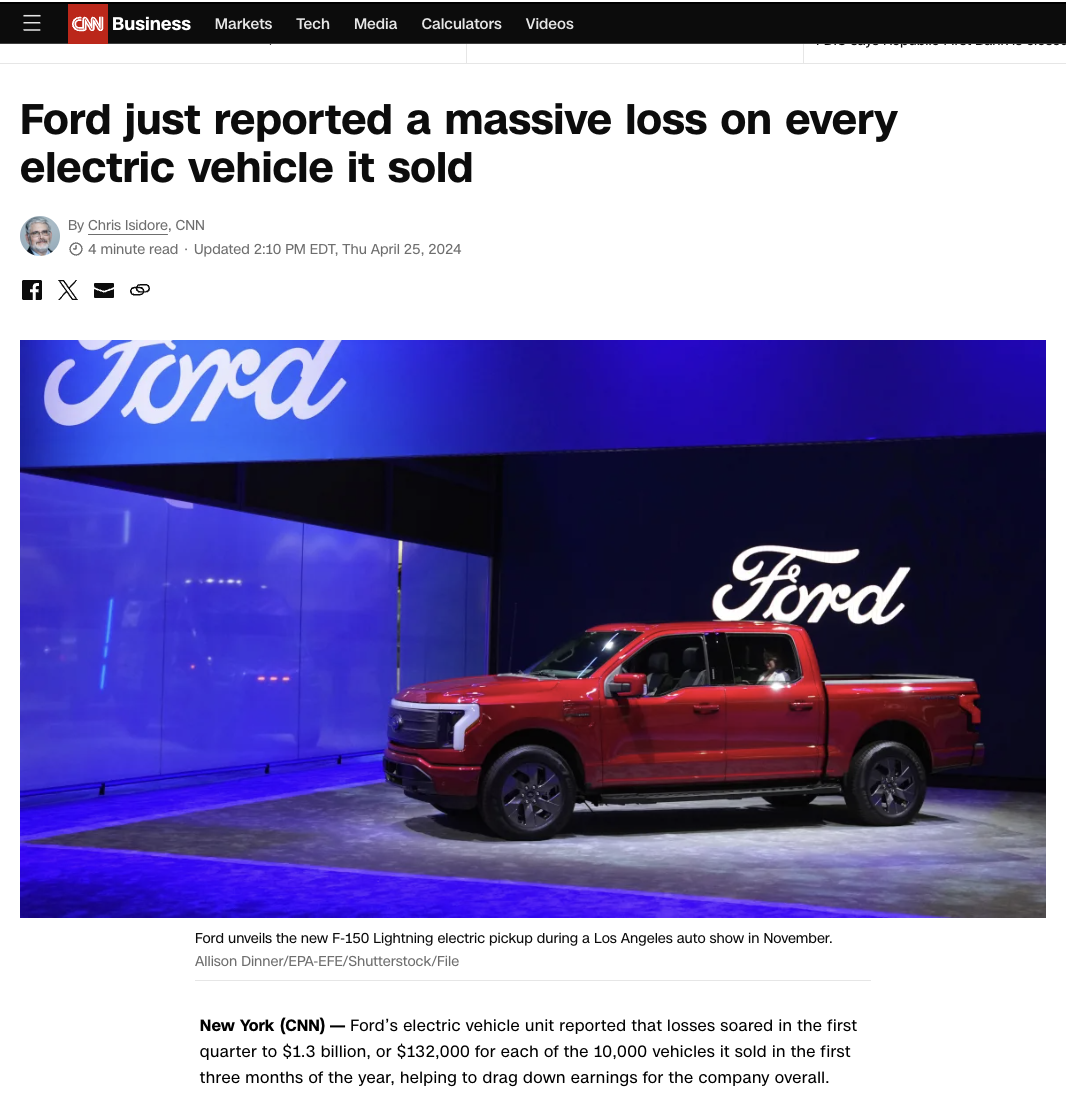Former Vice President Al Gore praised an Australian state for “leading the entire world” by signing a deal with Tesla to build a massive green energy battery storage system.
But Gore is ignoring the main reason behind South Australia’s decision to build battery storage — a massive blackout caused by wind turbines.
In fact, South Australia still struggles with rolling blackouts and brownouts because it lacks enough reliable power to keep the grid running all the time.
“The electricity from both solar and wind continues to come down every single year. And the new historic development is battery storage is coming down significantly in cost,” Gore told the Aussie press, referring to South Australia’s deal with Tesla.
“And this historic announcement that South Australia is leading the entire world with the installation of the largest battery in the world, it will be the first of many to come,” Gore said.
Tesla plans on building 100 megawatts of lithium-ion battery storage in South Australia that will be paired with a wind farm. Founder Elon Musk said Tesla would complete with battery project in 100 days or it’s free.
The batteries would be able to provide power to 30,000 homes, meaning it would be the largest battery storage project in the world. No one knows for sure how much the project will cost, but estimates range from $25 million to $183 million.
“Solar and wind and batteries are the future and we see it all over the world,” Gore said.
But gore is leaving out some big problems South Australia has had with green energy.
In September, 1.7 million people were left without power for up to two weeks in some cases after 200 megawatts of wind power stopped coming on the grid during a storm. That was enough to destabilize the grid.
The storm caused some problems in the province’s transmission lines, but the blackout didn’t happen until wind power went offline. The question of how to handle future blackouts sparked a political fight.
South Australia closed its last coal-fired power plant in July, and energy experts warned there could be reliability problems as reliance on wind increased. South Australia gets 41 percent of its electricity from solar, wind and other green energy sources.
Australia’s Energy Council reported South Australia’s reliance on solar panels and wind turbines “has not only led to a series of technical challenges,” but “also increased wholesale price volatility as the state rebalances its supply from dispatchable plant to intermittent generation.”
Add in the fact Australia is shipping large amounts of natural gas, and you have a situation where energy shortages are possible. Coal plants are being closed, and gas exports put a strain on electricity supplies and prices.
South Australia’s power woes weren’t relegated to just September. Poor weather and demand predictions have caused rolling blackouts and brownouts for many business across the state.
“It’s getting to the point that we need to think about investing in a back-up generator, which is going to be extremely costly, because we can’t rely on SA power for businesses services,” said Mattis Vanzati, a cafe owner in Adelaide.
About one-quarter of the homes in South Australia have solar panels, which adds to the complexity of maintaining the grid. Wind power has also caused wild price spikes in South Australia, in some cases reaching $14,000 per megawatt hour.




